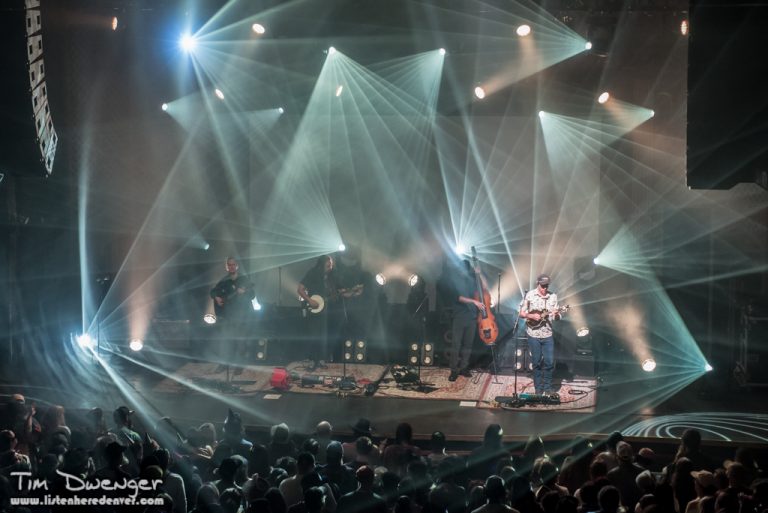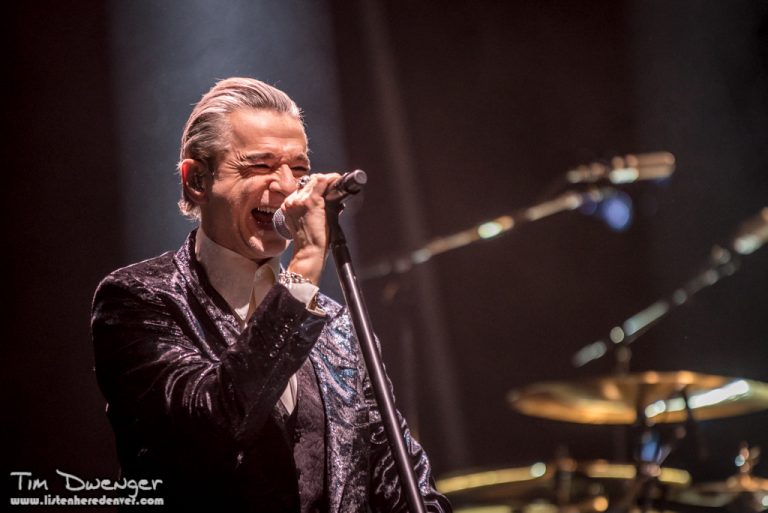Cirque du Soleil has made a name for themselves by pushing the limits of what we, as children, knew to be a circus. Over the past 22 years, their awe-inspiring productions have put the Ringling Brothers to shame. Sure, there are acrobats and clowns, trampolines and trapezes, but there is something else, something that puts Cirque du Soleil into a category all its own: a completely fearless approach to performance art.
Guy Laliberté, a founder and currently the President of Cirque du Soleil, has put together 17 shows over the years in big tops, casinos, and theaters around the world. His troupe’s current show, Delirium, has ventured into uncharted territory for the troupe: the sports arena. Usually reserved for the likes of The Rolling Stones, U2, and Paul McCartney, Delirium aims to prove that the Cirque du Soleil experience can translate in a much larger setting.
Laliberté approached Canadian multimedia wizards Michel Lemieux and Victor Pilon of 4D Art to create and direct the massive project. “(Laliberté) basically said to us, ‘I know your work, I like your work. Go wild, do whatever you want.’ And that’s what we did. It was like a dream for us,” said Lemieux in a recent interview with me from his home in Montreal. Having been involved with two other major Cirque du Soleil productions, Lemieux and Pilon are no strangers to the surreal and dreamlike world of Cirque du Soleil and the project came very naturally to them.
The production’s 130 foot long stage bisects the arena right down the middle, from basket to basket, effectively splitting the audience into two large theaters facing each other. This relatively intimate setting is dwarfed by 540 square feet of projection area, roughly the equivalent to four IMAX screens. The massive set ensures there is not a bad seat in the house. “If you are sitting far from the stage you experience a very cinematographic show, you experience the entire show as if it were on a movie screen,” Lemieux said. “If you sit right up front it is a very different kind of show. You see the sweat of the performers and you really have to swing your head to catch it all but you are part of the action.”
Images of prerecorded and live footage projected on the floor-to-ceiling screens emanate from 30 high intensity projectors around the arena. The images at once help to spin a tale of a man attempting to escape the realities of his world and also highlight the musicians that provide the live music that is a focus of the show.
For the first time, Cirque Du Soleil has decided to emphasize the musical portion of the show by showcasing live musicians on the stage and employing mainly English lyrics instead of the invented languages that they have relied on in the past. “You are at a movie, you are at the circus, and you are at a rock show, all at the same time,” said Lemieux.
Delirium’s focus on live music is made possible by the genius of Francis Collard, who was called upon to be the musical director of the production. Twenty-one songs were chosen from Cirque du Soleil’s catalogue of an estimated 500, by an 11-member committee made up of Cirque du Soleil directors and creative minds. It is Collard’s arrangements of these songs that combine to be the percussive pop and electronic soundtrack to the show.
The soundtrack is presented live by an elaborately costumed group of performers made up of 11 musicians and six singers. Gaia, a Brazilian band that makes their home in Montreal, holds the sound together as the ‘house band.’ Their eclectic and heavily percussive sound lends itself perfectly to the “urban tribal beat” that dominates the music of the production.
While music and visual effects are clearly the most dominant elements of the show, fans of Cirque du Soleil won’t be disappointed to hear that the trademark acrobatics and circus performances have not been left out. “They go all over the world and audition all different kinds of artists and performers and they have compiled this amazing video bank of all those screen tests,” said Lemieux, reflecting on the talent pool he had access to. “It is truly an amazing reservoir of people to choose from who are all unique in their own way.”
All of these highly choreographed elements blend together effortlessly to become a multimedia spectacle of unprecedented proportions. Delirium is a two-hour trip deep into the minds of some of the most wildly creative individuals alive. It offers the audience the unique opportunity to see into the future of performance, a harbinger of what’s to come in the blockbuster business of stadium and arena rock shows.



+ There are no comments
Add yours